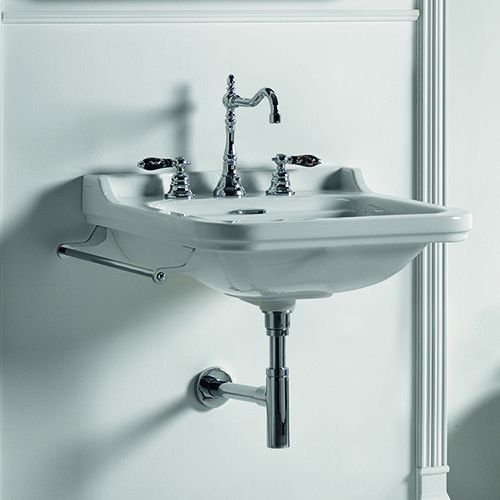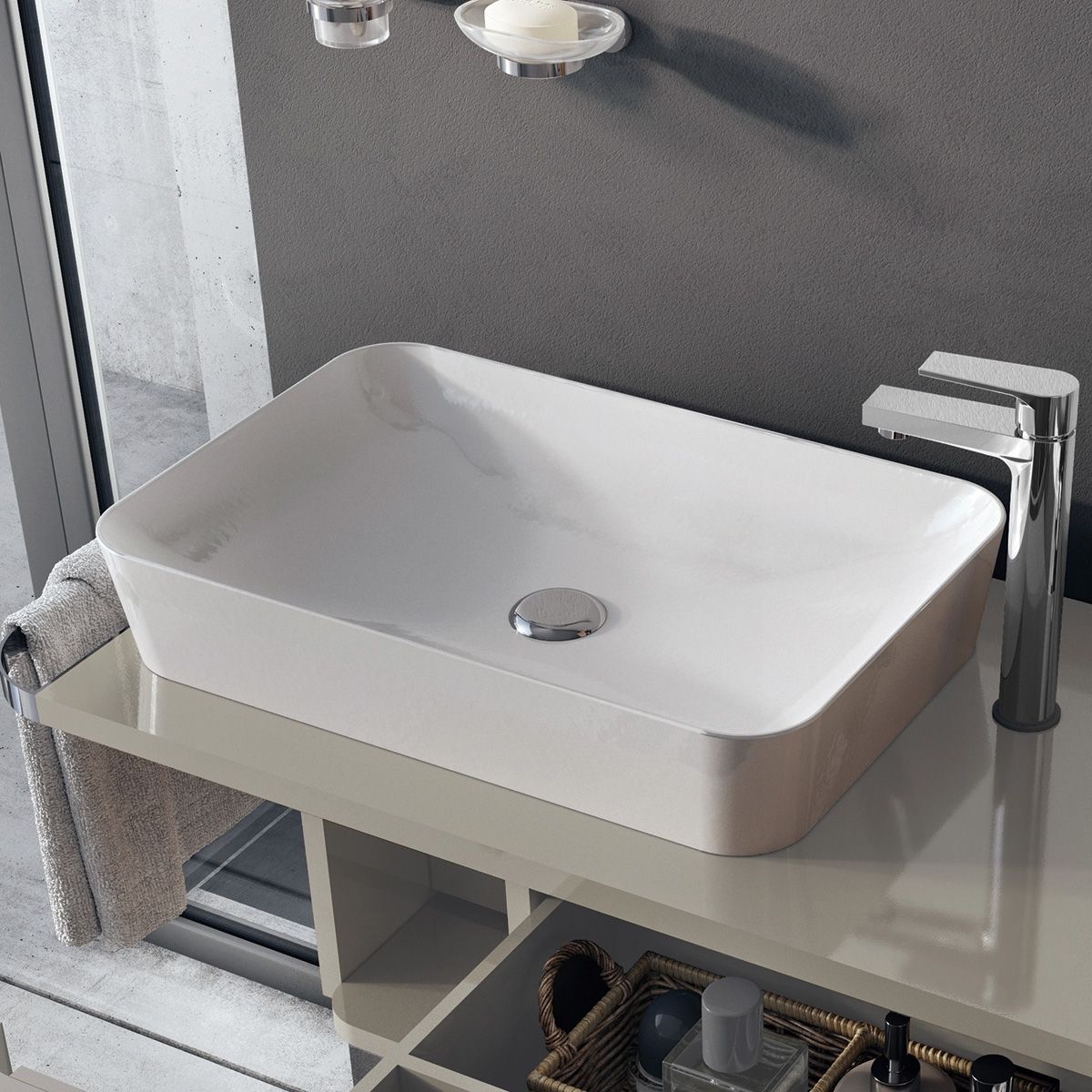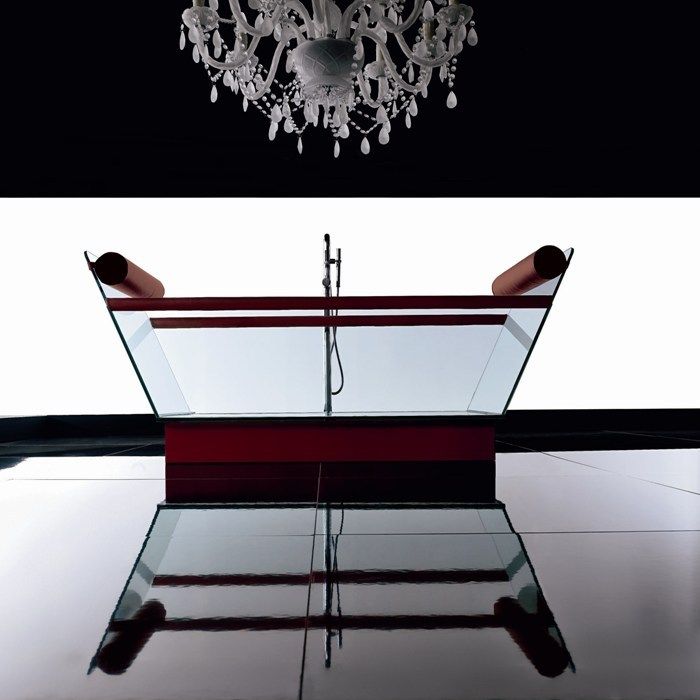When it comes to daily use, some bathroom fixtures will be used more than others. Of course, this will depend on a variety of factors. Each bathroom fixture will be designed to fit different situations. Bathroom sinks will be different from soap dispensers. Towel bars will be different from toilets. Several things must be taken into consideration when determining the expected lifespan of certain bathroom fixtures. This guide will go over how long you can expect each of your bathroom fixtures to last.
The Lifespan of your Bathroom Sink
A bathroom sink is one of the staple bathroom fixtures in a design. Out of all of your bathroom fixtures, your bathroom sink will likely be used the most. This fixture will be used multiple times a day, sometimes for minutes at a time. Because it sees so much use, it is important to know how long it will last in a bathroom design. To determine this, there are several things you need to know.<
Bathroom Sink Upkeep
The lifespan of a bathroom sink is highly dependent on how it is cared for. If your bathroom sink is properly cleaned and cared for, expect it to last a fairly long time. The best way to do this is to clean it on a regular basis. Prevent mold growth, bacteria and other similar problems from occurring. In addition, the type of bathroom sink will dictate how it needs to be cleaned. Vessel sinks will need to be cleaned more thoroughly than other types of sinks due to the increased surface area. The same can be said with wall mounted and trough bathroom sinks.
The Material of the Sink Matters
Depending on the material, some bathroom sinks will last longer than others. In terms of durability, several materials will be very reliable. These materials include ceramic, porcelain and natural stone. These materials are great options for their average lifespan of 50 or more years. In most cases, these materials are great one-time purchases. As for the less durable materials, several options are available. These materials include glass, resin, fireclay and stainless steel, among others. Although they are not as durable as the above materials, they are still incredibly reliable. All of these materials will last about 15-30 years in most cases.
How You Can Maximize the Lifespan of your Bathroom Sink
- Clean the Sink Regularly - A clean sink will extend the lifespan of the fixture. If particles, stains or mold are allowed to build up, you will need to replace the sink quicker than you may want to.
- Choose a Safe Sink Cleaner - In order to maximize your sink’s lifespan, choose a cleaner that is safe. This means it should be reliable, safe and healthy for both your sink and yourself. This can depend on the sink’s material and size.
- Refurbish it When Necessary - Many common bathroom sinks made of ceramic or fireclay can be refurbished. This can be utilized to extend the lifespan of your sink by several years.
- Dry Your Sink After Use - By keeping your sink dry after using it, bacteria will have a much harder time thriving in the area. Simply wipe the sink with a microfiber cloth in order to properly keep the surface clean and dry.
How Long Will Your Sink Last?
In general, the lifespan of your sink will depend on the material and upkeep. A high quality sink material combined with diligent upkeep is the recipe to maximizing the lifespan of the fixture. If you keep up with it, a bathroom sink can last almost a lifetime. With lower quality materials and poor upkeep, expect a bathroom sink to last about ten years.
The Lifespan of a Toilet
Much like a bathroom sink, a toilet is one of the most used bathroom fixtures. It will generally be used multiple times a day. Because of this, toilets will need to be built well and comfortably designed. Several things need to be taken into account to fully understand the lifespan of a toilet.
The Main Body of the Toilet
In general, the main body of the toilet will be extremely durable. Barring a major accident, the exterior body of the toilet can last over 50 years. The body of a toilet will generally be made of ceramic, porcelain, concrete, plastic or wood. Ceramic and porcelain will be some of the most reliable materials. They are easy to clean, strong and resistant to water and physical damages. Materials such as plastic and wood are less effective in terms of longevity, causing a replacement to happen much sooner.
Components of a Toilet to Consider
The body of a toilet is extremely durable. However, some components of the toilet should be considered for replacement at some point. For example, the toilet seat is one of the most common replacements to look out for. It can often crack or come loose if not carefully cared for. You also need to routinely check the components of the toilet tank. The flapper, chain and float all work together in the tank to flush the toilet and check the water level. These are incredibly important pieces that a functioning toilet absolutely requires. The handle used to flush the toilet can also come loose. The refill tub can also experience issues.
How Long Will Your Toilet Last?
Depending on care and material, a toilet can last 50 or more years. However, you will likely have to make some part replacements over the years. They can be small changes or major changes. The body of the toilet will likely last a very long time however, making your updates relatively inexpensive in most cases. Expect a toilet to be one of the longer lasting fixtures in your design if it is properly cared for.
The Lifespan of Your Shower
In most cases, a shower will be used about once a day. The average length of a shower is about 8 minutes. To go along with that, a shower is where all of the dirt and bacteria will be washed off after a long day. Due to this, a shower will generally see the most issues with bacteria and mold buildup. There are many components of a shower that need to be taken into account. Unlike most other bathroom fixtures, several major components of the shower can impact the area greatly.
The Shower Enclosure as a Whole
Many showers enclosures will be made of ceramic tile, glass block, stone or acrylic. These materials are great for a shower design. This is due to the high resistance to water and ability to support weight. In addition, these materials are also generally easy to clean. For most high quality shower enclosures, expect it to last about 50 years. If it is properly maintained and cared for, this is a perfectly reasonable expectation.
Shower Heads are Incredibly Impactful
As one of the key components of a shower system, shower heads are very crucial parts. However, many people do not know how often they need to be replaced. It is recommended that your shower head is replaced every 6 to 8 months. This should be about twice a year. A shower head should be replaced this often for a variety of reasons. These reasons include bacteria buildup, black mold and sediment build up. Of course, replacing a shower head this often is not a very attractive idea. However, to maximize cleanliness and efficiency, this guideline should be taken seriously.
Don’t Forget the Shower Door or Curtain
A shower door needs to be opened and closed several times a day. Due to this, different parts of it will wear down. Depending on the type of shower door, this can vary. A glass shower door can last about 20 years if it is properly cared for. Bearings and hinges should be carefully monitored and replaced when performance is in decline. Your shower curtain should be replaced every few years, depending on the material. Plastic shower curtains should be replaced every 1-2 years. higher quality shower curtains can last about 2-3 years. Watch out for mold buildup and bacteria in order to increase bathroom longevity.
The Lifespan of a Bathtub
Although many bathrooms are moving away from traditional bathtubs, soaker bathtubs are still luxurious and popular options. Bathtubs will be one of the most important fixtures to perform routine upkeep on. This is due to the high chance of bacteria and mold buildup that can occur. There are a few main things to know when determining the lifespan of your bathtubs.
Differences in Bathtub Materials
The type of material will be a big factor in the lifespan of a bathtub. Whirlpool bathtubs can last 20-50 years due to the quality build. These bathtubs are generally made of acrylic, cast iron or wood. These materials are easy to clean in most cases and last quite a long time. A standard fiberglass bathtub can last a long time, but will have a shorter lifespan than a whirlpool tub. Expect your fiberglass bathtub to have a lifespan of about 10-15 years.
Bathtub and Shower Fittings and When to Replace Them
Because shower and bathtub fittings are typically similar, they need to be replaced after similar periods of time. Both bathtub and shower fittings will have a lifespan of about 15-20 years. They will see frequent use, but if properly cared for, they can last quite a while.
The Lifespan of a Bathroom Vanity
A bathroom vanity is one of the most important fixtures in a bathroom design. It will be used several times a day. In addition, the time spent in the area will be longer than any other area of the bathroom. The lifespan of a bathroom vanity is very dependent on the material, type of sink it is paired with and how often it is used, among others.
Which Vanity Materials Last the Longest?
Bathroom vanities can be made of various different materials. Some of the most common types of vanity materials include various types of wood, MDF fiberboard, glass and stone. As long as the materials in question are solidly used in high quality vanities, they can last up to 60 years. The wood used in bathroom vanities is treated to thrive in a bathroom design. Glass and stone are naturally resistant to water which makes them great options as well. Painted vanities may need to be repainted every few years depending on the type of paint used and whether or not it is resistant to water.
Does The Sink Matter on a Vanity?
Bathroom vanities can house essentially any type of sink. However, some vanities will do this differently than others. For example, some vanities will have integrated bathroom sinks. This creates a seamless transition from sink to countertop. Other bathroom sinks will accommodate vessel bathroom sinks. Different vanities will be perfect for undermount sinks. Although there are many different variations, it will not impact the lifespan of the vanity very much at all. As long as the vanities are properly cared for, the type of sink will generally have little impact on the vanity itself.
In Conclusion
Most bathroom fixtures are designed to last quite a long time. There are several key things to do in order to ensure this, however. First, make sure the materials are of high quality. This is the foundation factor. Second, these fixtures must be properly cared for on a routine basis. Cleaning each fixture will need to be done slightly differently. To sum it up, a good set of bathroom fixtures can last your whole life if they are properly cared for and of high quality.



